These factors includes 1) Light 2) Temperature 3) Relative Humidity (RH) 4) Carbon Dioxide 5) Air Circulation and 6) Oxygen. First we will cover - Light: Two factors are important and can be affected by greenhouse structures and coverings . NOTE: Both of these vary with plant species.
- Quality: Refers to wavelengths of light. (Remember in physics: light spectrum) Visible light = 390-760 nm: blue at the low end, red at the high end. PAR (photosynthetically active radiation) = between 400 and 700 nm (blue, yellow, orange and red… but not green)NOTE: This varies slightly for each plant species.
- Quantity: Is affected by both day length and sun angle (changes with season): Day Length & Sun Angle.
**The quantity (amount) of light reaching the Earth’s surface is therefore higher in Summer than it is in Winter.
**For tomatoes in the desert southwest or other high light areas:
**For tomatoes in the desert southwest or other high light areas:
- During the Winter or times of low light the quantity of light available is enough to support 3 – 4 fruit/cluster.
- During Spring/Summer/Fall the quantity of light may be too high and shading may be needed. 4 – 5 fruit/cluster is typical.























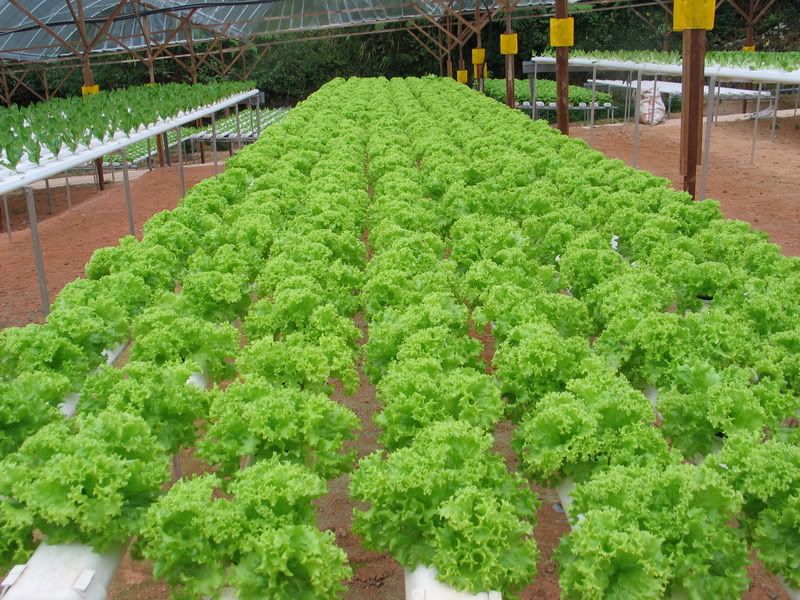
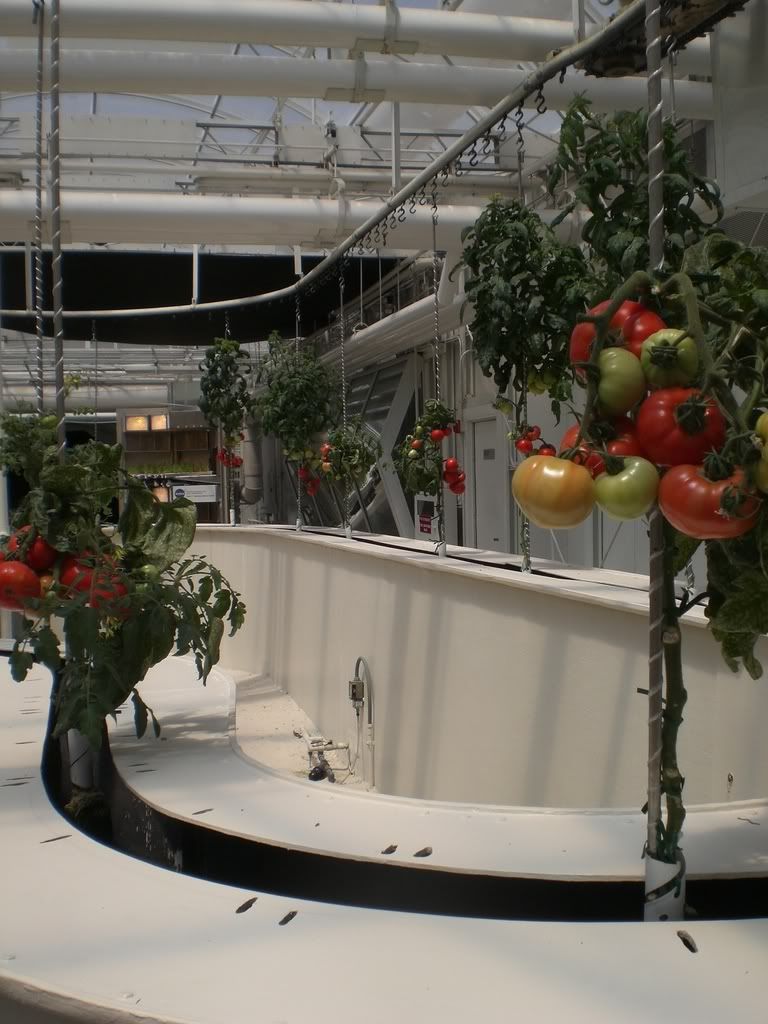
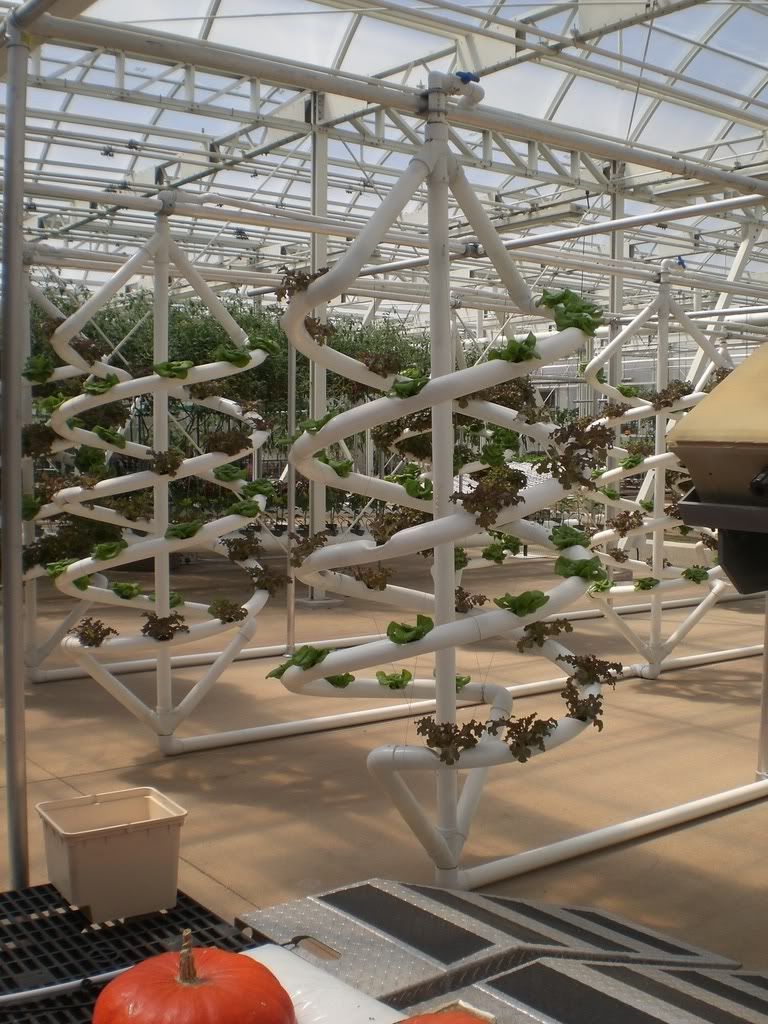
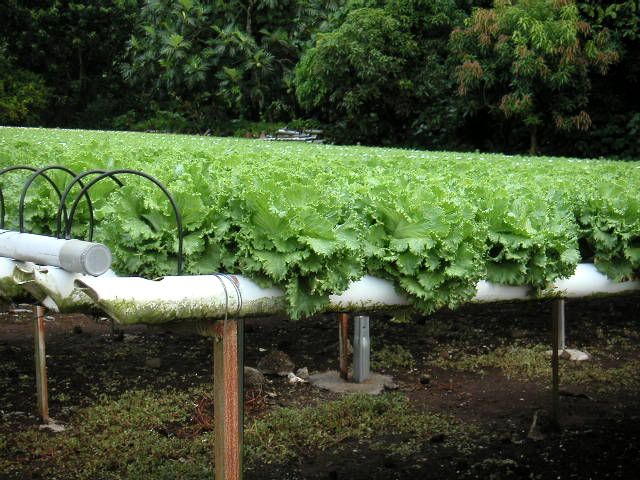
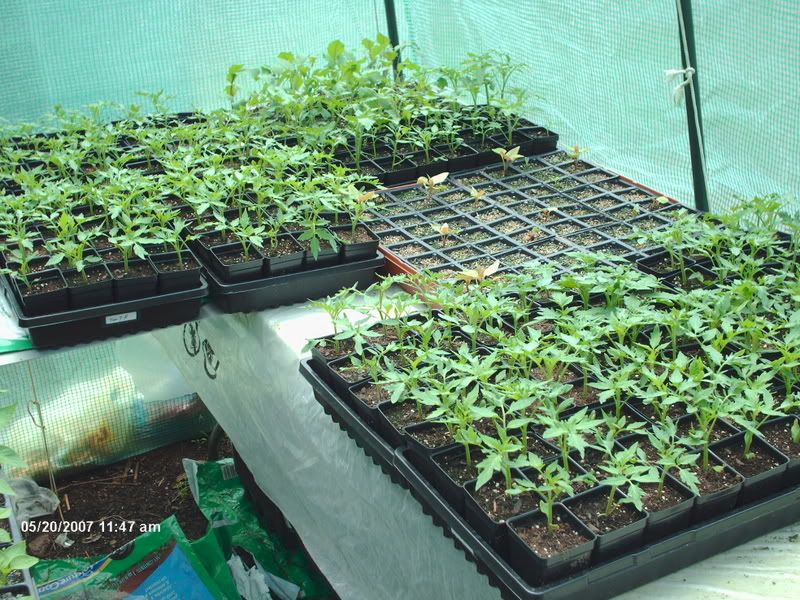
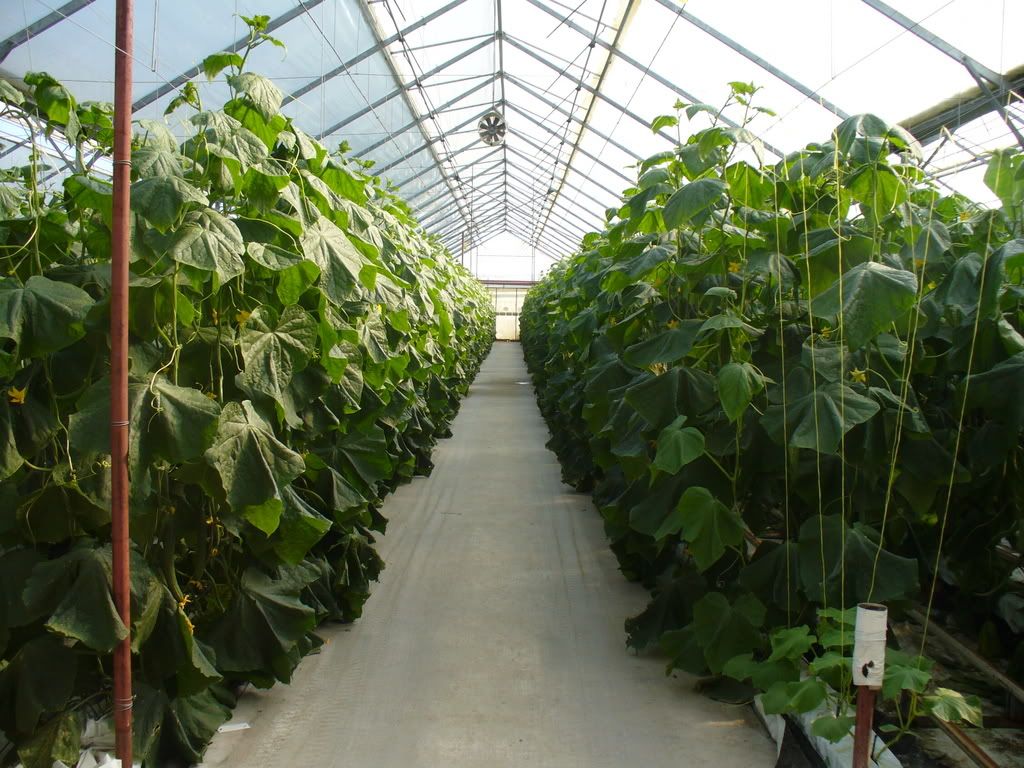
No comments:
Post a Comment